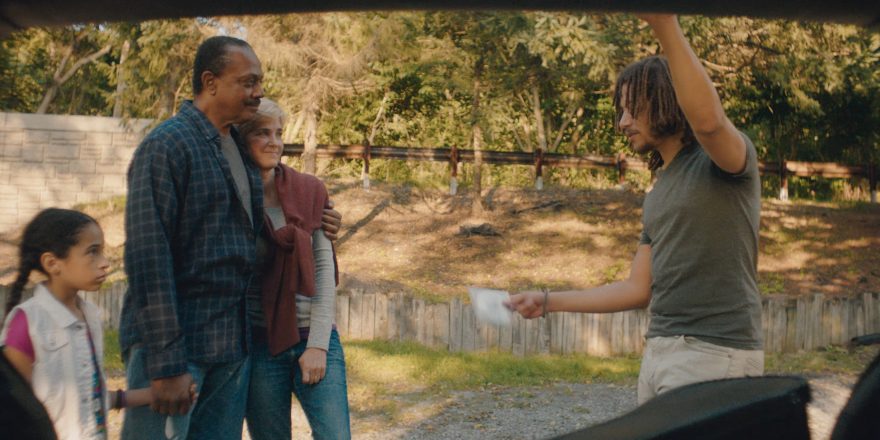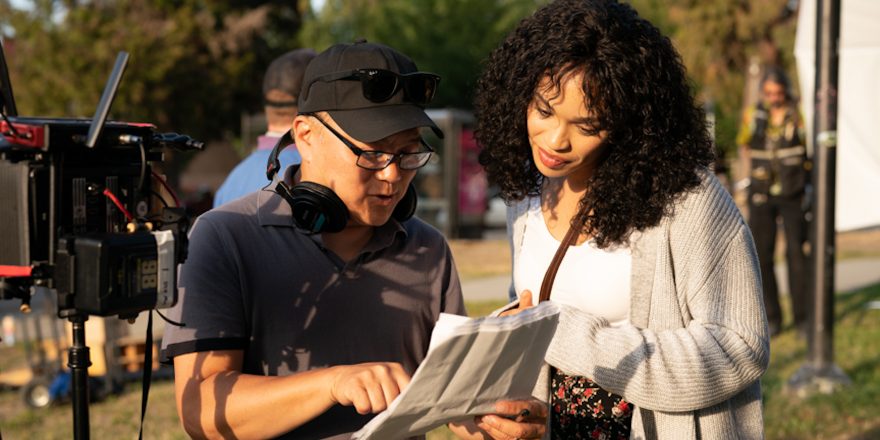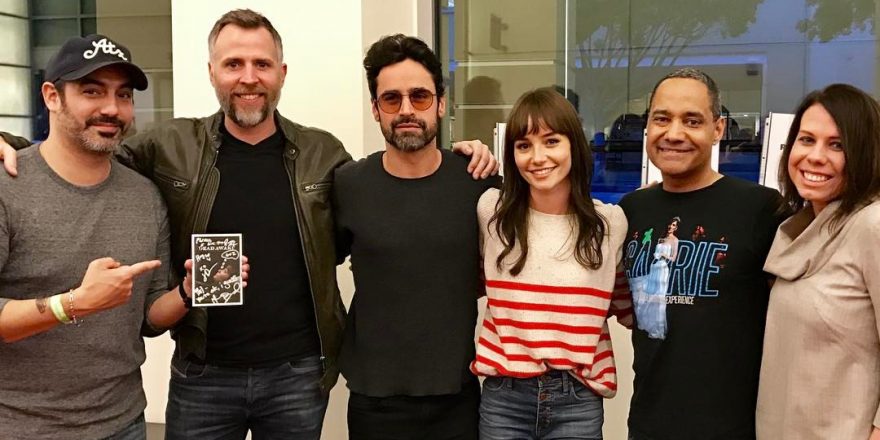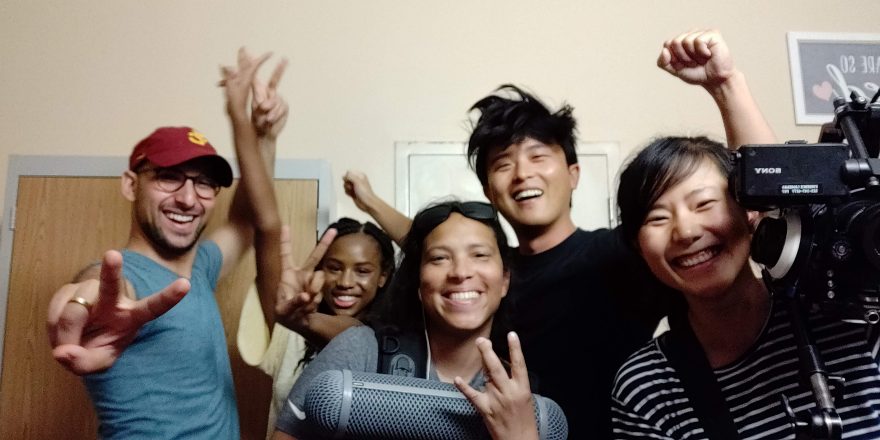I wrote my first feature, Killian & the Comeback Kids, with roles in mind for myself and my father. The film follows some kids in rural Pennsylvania who put together a band the summer after college graduation. None of them is particularly close and after all the promises of their higher education, each one has found themselves back home in their struggling former steel town. Write what you know and all that.
I knew that simply because I was planning to cast myself and my father, the film was going to center on characters of color. It didn’t seem like a big deal, and using these particular actors in major roles was kind of the point of the whole thing. Besides, this was at the very beginning of our macrocultural conversation around diversity across screens and public spheres. So it seemed like, though even a few years earlier a cast that looked like this would be rarer, in this era it might even be an asset.
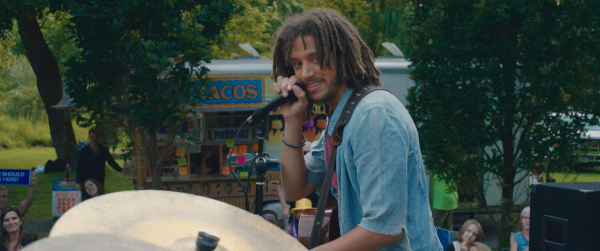
Embracing that, I felt the best way to really showcase (big air quotes here) “diversity” was to show these characters from “historically excluded groups” in settings we’re actually in all the time, but that our cinematic counterparts are seldom allowed to enter. Highlighting not the kitschy differences that so often define people of color on screen, but things shared. It’s not “different but OK,” it’s “no real difference at the end of the day.”
I built this family on the blueprints of my own. Black husband, white wife, brown children. I even cast my real-life father in the role. Though that decision was helped by the fact that he’s a fantastic actor, something daytime TV watchers have known for 40 years. And in retrospect, it’s even a little meta in the context of this conversation, since he made up the “racial” half of daytime TV’s first interracial kiss.
Now, I’m no stranger to classic actor roadblocks, like “Can you do it more Black?” auditions, and knowing I’ll be too light-skinned to play a best friend and too dark for “Open to all ethnicities” protagonist castings. So in the little musical universe of my own movie, why should it matter?
But making the film was only half the tip of the iceberg.
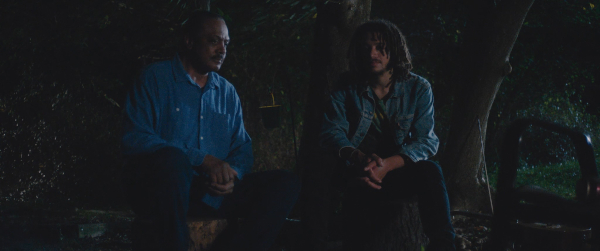
There are initially a lot of familiar things in Killian: kids in a band, Mickey and Judy putting on a show, etc. But it’s this familiar, All-American, white framework that I wanted to build around faces rarely lit by that kind of story. They play folk music, they live in the country, they hang out on the roof of a barn – it’s “White people be like” meme heaven.
We’re told all the time about the increasingly colorful supporting cast members of the latest blockbuster, but much less frequently about stories that are actually centered on protagonists of color. And when we do, it’s almost always one of a handful of mono-culturally agreed upon identities.
The particular issue of Killian & the Comeback Kids is that my identity signifier – a largely straight-down-the-middle multiracial cross of America’s two favorite colors, African America and white America – is particularly unfamiliar to audiences. In fact, the earliest instances of this blend were almost always defined by the simplicity of their definition. The “one drop rule,” positing that even one drop of “Black” blood made you Black, essentially just gave way for slavers to rape the people who worked for them without any concern that they’d be held accountable for any subsequent children, and at the same time breed more slaves. This idea, created by the oppressor, still survives today in one form or another.
There is no group identity consensus among multiracial Americans like me. At best, there is a sense that you should make up your own mind as to whether you are Black, mixed or something else. At worst, there is harsh division driven by the sense that another’s contradictory choice is a betrayal of the community. As in so many of the social off-shoots of slavery, we have done, and continue to do, the work of the oppressor for them.
But why should you care about that if you don’t look like me and just wanted to watch and/or make some movies? Well …
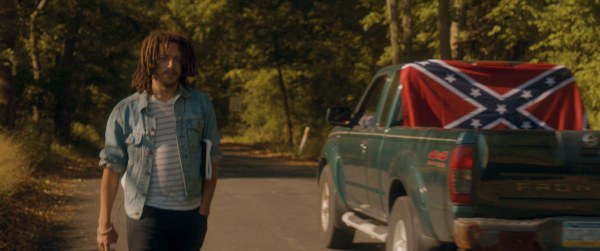
I’d say there are three very general eras of race in mainstream American Cinema in the past 60 years, or since the civil rights movement.
First, we have Sidney Poitier. Fabulous game-changing boundary shatterer that he was, Poitier had a place in the popular consciousness as an exemplar. He embodied a kind of Black masculinity that everyone (white audiences) could begin to agree wasn’t so bad or different after all. He didn’t “talk Black,” though he unmistakably was Black. This balance then proliferates into the next decade.
It’s always struck me that Poitier, who grew up outside of America and had no concept of its racial divides until coming here as a teenager, may have been better able to scale the white power structure because he didn’t bring any preconceptions about it, or generational scars from it, to the table. Racial outsiders have less roadblocks to success in a racially conscious culture.
Blaxploitation is its whole own vibe, so let’s just leave that alone today.
The ’80s built on the anti-heroes of Blaxploitation to create Black characters that, unlike Poitier’s frequently educated characters, overcame a “rough life” to find a way to become productive members of society, usually alongside a white buddy. Inherently reinforcing the idea that Black Americans needed to overcome the roots of their blackness.
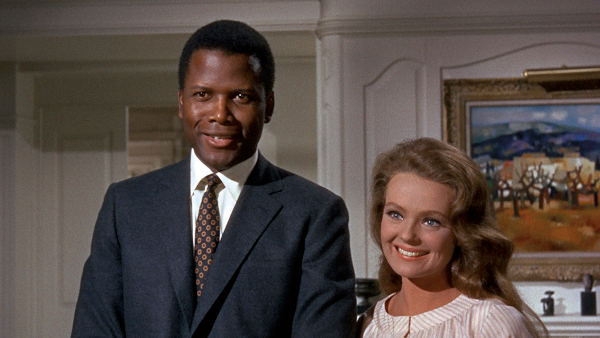
Throughout this time, there are exceptions to all these ideas, but when it comes to shaping the sensibilities of a populace, it is the quantity pictures, not the quality ones, that make the most impact in the end.
And by the late ’90s and into the turn of the century, we have the prolific “racism is overcome” energy. Rappers make it big, white and Black cops get along with a few racial jibes, basketball gets you out, and the majority of racial tension is time-locked as the purview of period pieces.
But that says nothing of a racial middle ground.
The 2020 UCLA Hollywood Diversity Report found that 6.2 percent of all theatrically released film roles were played by multiracial actors. It doesn’t manage to specify which corner of multiracial America these performers belonged to. So multiracial performers of African-American descent represent an even smaller portion. Characters coded as African offshoots face some of the most ingrained biases in the American consciousness.
The majority of those multiethnic performers are women, which just stems from an easy colorism that says light-skinned women are more allowably desirable and easily coded as “exotic,” rather than belonging to a unique culture or racial heritage. Light-skinned or exotic men can be confusing to code, as male characters frequently need to represent more than desire, but characters of color frequently are not allowed to represent much more than their color. The cast of The Fast and the Furious universe are wonderfully exempt from this concept.

It takes every multiracial director across colors to make up 2.7 percent of people in the hot seat. And the same to grab 3.8 percent of screenplay bylines. These are minority groups across the board, sure, though none of this lines up with the actual multiracial population (more than 10%).
However, for me, the key is that that 6.2 percent of actors aren’t necessarily playing multiracial roles, nor are the writers and directors necessarily creating multiracial stories. And that’s the biggest problem.
Mixed-race directors, like Jordan Peele, so frequently make, or are only allowed to make, stories of mono-racial characters.
And the fact that mixed-race performers frequently play Black or Black-coded roles furthers, on a massive cultural scale, the legacy of the one-drop rule.
That is, when the stories center on them at all.
For all the diversity reporting and encouraging festival selection breakdowns, the overwhelming majority of “diverse” casts still center on white protagonists and white stories.
Of course, would Killian become “white story” by only making changes to the cast and none to the script? Maybe. Probably. And maybe that’s all the more reason to cast different-looking protagonists, when so much of the power of the story is just that – the power of the story, not the face.

I have trouble even thinking of films centered on explicitly mixed-race stars. Zendaya, mixed and idolized as she is, is almost always a supporting character with no familial background. (Shoutout to the very opposite of that, Euphoria, but we’re not talking about TV here.)
And when we do see explicitly mixed-race characters, they are 70 percent of the time the children of a white man and a woman of color. A statistic that is both utterly unreflective of the actual mixed-race American population and a powerful visual of white male supremacy. Even if the world is changing, the white male image – the base image of the American consciousness – abides. It continues to control, colonize and seed that changing world.
The treatment of Zendaya’s mixed-race Spiderman: Homecoming co-star Laura Harrier (two in one flick!) is a great example of this. Harrier’s real-life father is Black, her mother white. But her on-screen dad is Michael Keaton. Now, part of that necessity is that Keaton is a star and Harrier got a big break, but the vast majority of star actors are white, and that will affect which actors we can place in those fictional families. It’s a market-tested continuation of the Hayes Code’s moratorium on interracial romance that, by insisting romantic leads be racially matched, kept performers of color from playing the biggest roles in the biggest films, which centered around white heroes. If there’s a cinema-specific root to this whole thing, it’s the Hayes Code’s rules on race and race mixing.
My last thought here is one that’s been with me for more than a decade now. That, in my opinion, and that of the Hollywood Diversity Report, Obama isn’t black. His parentage is as straight-down-the-middle as mine or Killian’s. And yet, that was never the conversation. Just saying.
Also, the irony of America’s First. Black. President. having no clear genetic relationship to any American slaves just needs to be mentioned more often.
So, with all that concisely and unconsciously swirling around the fabric of our America, Killian & the Comeback Kids is built around a multiracial family with a Black father, white mother and both male and female brown children who explore the totality of a truly American identity.
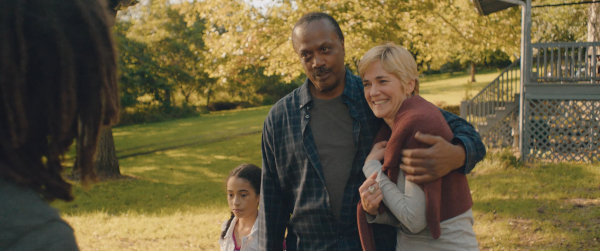
But when an audience has little precedent for racial complexity and a century of mixed messaging around the most basic visual elements of a character, even the simple things become a challenge. A theatergoing audience can be anyone. A gatekeeping audience – that of distributors, festival curators, even theater owners – is massively less likely to be anywhere on the diversity part of a diversity report.
We got lucky. This one got made, this one hit the silver screen.
Killian & the Comeback Kids isn’t centered on these ideas at all, though. The kids start a band, they rock out as hard as they can, and then the fall comes. Watch it – after a COVID-elongated stop in theaters, it’s finally available wherever you want it. The soundtrack’s out too. There isn’t any R&B.


